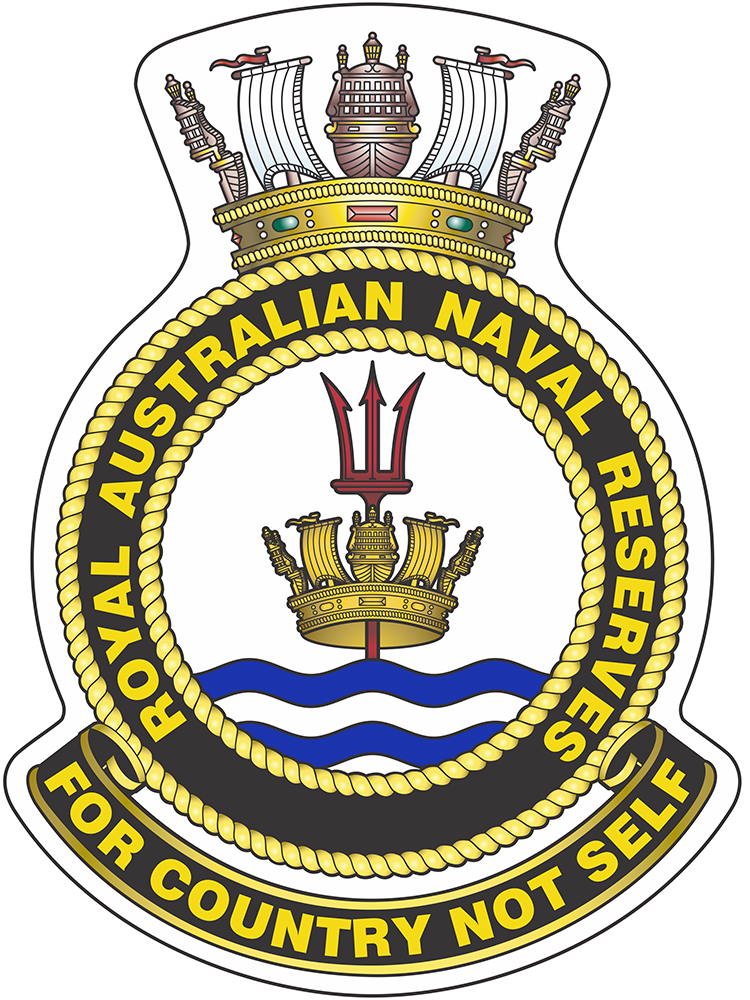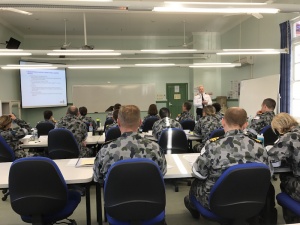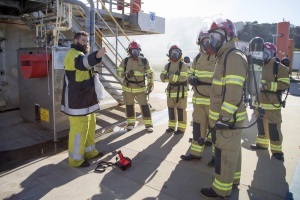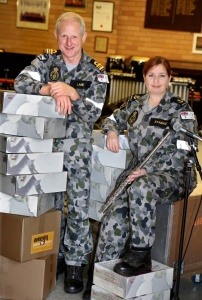Royal Australian Naval Reserves

Introduction
The strategic purpose of the Naval Reserve is to contribute to the functions and roles of Navy as a part-time professional force. Underpinned by a strong voluntary culture, the Naval Reserve provides additional capability to support and sustain the wide spectrum of operations that Government may seek of Defence.
Primary roles
The roles of the Naval Reserve are:
- Support and sustain contemporary ADF operations in which the Navy may be engaged;
- Deliver Fundamental Inputs to Capability and workforce surge capacity; and
- Provide a strategic resource able to partially or fully mobilised to meet Navy’s capability needs when circumstances require its call out.
The Naval Reserve workforce is primarily composed of former highly trained Permanent Navy members. The Naval Reserve also includes individuals with specialist skills who employed within their area of expertise.
The Naval Reserve embodies all of the Navy workgroups, which provides a vital surge capability able to be harnessed at short notice. Cost effective expansion of the workforce is achieved though the direct recruitment of specialist and unique capabilities, enabling Navy to access skills that would otherwise be costly to generate and develop as part of the usual force generation process.
Employment
On a day to day basis, Active Reserves are employed in all facets of Navy work. This includes administrative roles, project work, short term relief in both shore bases and sea going vessels, and deployed on operations overseas. The tenure of employment, that is the number of Reserve Service Days to be rendered and the number of years to serve in that position, varies from job to job. Naval Reserves do not parade or drill on evenings or weekends as all attendances must relate directly to employment which contributes to Navy capability.
Standby Reserves
The Standby Reserve is just that - personnel who have left the permanent Navy are required by legislation to serve five years in the Standby Reserve. Active Reserves not rendering any service can also be transferred to the Standby Reserve. They do not have to render any service but are liable for “Call Out” should the Government determine that there is a requirement at a time of conflict or crisis. There is no direct recruitment to the Standby Reserve.
Active Reserves
Recruitment of Reserve Officers is generally limited to Legal Officers and Health Service Professionals with specific fields of expertise, Maritime Trade Operations and Public Affairs. Sailor entry to the Reserve is limited to the Musician category. On joining, Reserves receive Initial Entry training equivalent to their Permanent Navy counterparts albeit in modular format to cause as little disruption to their normal employment. Details of relevant Conditions of service for Reserves can be found on the Defence Recruiting website.
Total Workforce
Reserves are embedded within the permanent workforce which is managed by the Naval People Branch. As such, there is no specific Branch that focussed on Reserve matters. There are, however, issues that crop up from time to time which requires specialist advice on the unique nature of the ‘volunteer’ workforce. To ensure that Reserves have strategic direction, Chief of Navy has appointed a Head of Reserve Community. The Head of the Reserve Community assists Navy People branch in policy development and acts as an advocate for general Reserve issues.
ForceNet
ForceNet is a secure e-portal that provides access to Defence services, Reserve jobs and information online. Naval Reservists are required to visit www.forcenet.gov.au and register.
Joining the Navy Reserves
Limited opportunities to join the Navy as a Reserve officer or sailor exist, and information is available on the Defence Jobs Australia website.
History of the Royal Australian Naval Reserve







